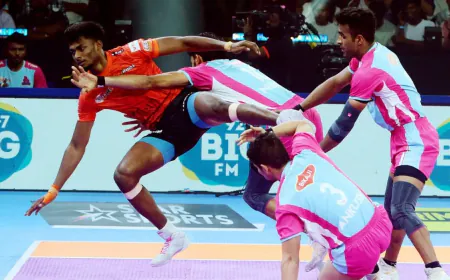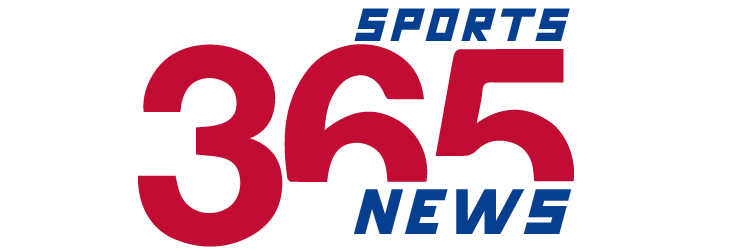A Back Three Can Work for Ruben Amorim – Lessons from Manchester United’s Past
The idea of employing a back three at Manchester United has long been a divisive topic. While often portrayed as a deviation from "The United Way," some of the club’s most notable performances in the post-Sir Alex Ferguson era have come with this tactical setup. As incoming manager Ruben Amorim prepares to take the reins, he can draw valuable lessons from how previous United managers have navigated this formation.

05 nov
Early Experiments Under Sir Alex Ferguson
The back three first appeared under Sir Alex Ferguson in 2009, though the results were mixed. A Champions League experiment against Wolfsburg saw United prevail 3-1, with Michael Owen scoring a hat-trick. However, the formation crumbled against Fulham just days later in a 3-0 defeat.
Ferguson’s defensive options were limited at the time, with multiple key players injured, forcing him to rely on inexperienced players like Ritchie De Laet. The defeat highlighted the risks of fielding midfielders and untested defenders in a back three. Ferguson abandoned the setup after that disastrous outing, only reviving it sporadically in less critical matches, such as a League Cup tie in 2011.
Van Gaal’s Persistence with the Back Three
Louis van Gaal brought renewed focus to the back three during his tenure, inspired by the Netherlands’ success at the 2014 World Cup. However, his attempt to replicate that system in the Premier League stumbled early, with an opening-day loss to Swansea and lackluster results in the first three matches.
Despite initial struggles, Van Gaal persisted. The system re-emerged during a six-game winning streak in late 2014, including a fortunate 2-1 victory over Arsenal. This period underscored the importance of having a strong goalkeeper like David de Gea, who repeatedly bailed the team out.
Van Gaal eventually abandoned the back three after mounting pressure from fans and poor performances, including the infamous “Phil Jones on corners” game against QPR.
Mourinho’s Strategic Use of the Back Three
Under José Mourinho, the back three proved more effective in key matches. United’s standout performance during his tenure came in April 2017, when a back three of Matteo Darmian, Eric Bailly, and Marcos Rojo helped defeat Chelsea 2-0. Mourinho’s tactical setup, designed to counter Antonio Conte’s 3-4-3 system, showcased how a back three could be a strategic weapon against top teams.
Mourinho continued to use variations of the back three in Europa League matches and domestic fixtures, achieving notable wins over Arsenal and Watford. However, his plans were hampered by the club’s failure to sign a new center-back in the summer of 2018. This led to defensive instability, with makeshift lineups and inconsistent results in his final season.
Solskjaer’s Tactical Adaptations
Ole Gunnar Solskjaer turned to a back three more frequently than any other modern United manager, deploying it 18 times. He reserved the setup for elite opponents like Manchester City, Chelsea, and Paris Saint-Germain. Notably, United’s 2-1 victory over PSG in the 2020 Champions League group stage was one of Solskjaer’s tactical high points.
However, Solskjaer’s use of the back three often felt reactive, an attempt to cover defensive vulnerabilities rather than a proactive tactical choice. This became evident during his final months as manager, as United struggled against top teams. His reliance on the formation after heavy defeats, such as the 5-0 loss to Liverpool, highlighted its use as a damage-control measure rather than a long-term solution.
Lessons for Amorim
As Ruben Amorim prepares to take charge at United, the mixed history of the back three offers important lessons. Successful implementation requires:
-
Strong Defensive Personnel: Ferguson and Mourinho both struggled when forced to deploy makeshift defenses. Amorim will need a reliable core of center-backs to make the system work.
-
Strategic Flexibility: Mourinho’s targeted use of the back three against specific opponents proved more effective than Van Gaal’s rigid commitment to the system. Amorim should consider it a tactical option rather than a default setup.
-
Proactive Application: Solskjaer’s reactive use of the formation often exposed United’s weaknesses. Amorim must use the back three to enhance the team’s strengths rather than mask its flaws.
-
Fan Expectations: While United fans may appreciate tactical innovation, they expect a forward-thinking, aggressive playing style. Amorim must balance defensive solidity with the attacking flair synonymous with the club.
The Path Forward
The back three can be a valuable tool for Amorim, as shown by its success in isolated moments under previous managers. However, its effectiveness hinges on intelligent application and the ability to adapt based on opponents and available players.
With Darren Fletcher’s experience as both a player and interim figure at United, he could offer insights into the challenges of implementing the formation. Amorim’s challenge will be to innovate while respecting the club’s ethos, proving that the back three can be more than a defensive crutch—it can be a platform for success.





















































